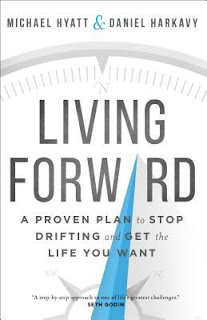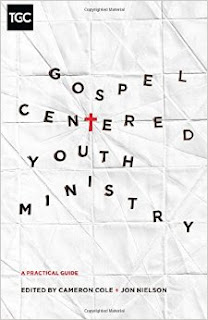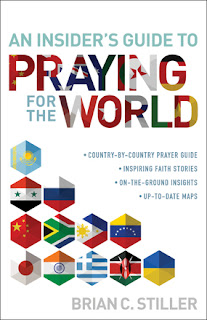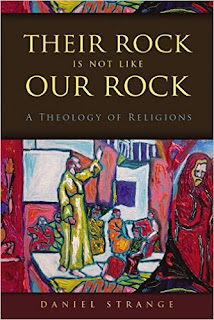TITLE:
The Spirituality of Wine
AUTHOR: Gisela H. Kreglinger
PUBLISHER: Grand Rapids, MI:
Eerdmans, 2016, (272 pages).
What is so spiritual about wine? What has wine got to do with the Bible? How do we understand the love-hate relationship with wine in the history of the Church? What is the significance of wine in the Communion and general feasting? What did the Bible say about wine? These and many more are eloquently described in this perceptive book about wine and spirituality. The main purpose of this book is to recover the vision of the Christian life that is able to see God at work in all things, and in this case, in the producing, the processing, the consuming, and the enjoying of wine. It is about paying attention to the beauty of creation instead of thoughtless economic use. It is about connecting the work with the enjoyment; the material with the spiritual; the life-giving conversations over the table. It is tending to the ordinary and to appreciate how the world has been blessed by God.
In Kreglinger's words, Part One is the "sustenance" and Part Two is "sustainability." The five chapters in "Sustenance" go back to the biblical significance of wine; the history of the perceptions of wine in the Church; the use of wine in the Lord's Supper; how wine is used in feasting; and the way wine can help us pay attention to life in general. There are lots of references to wine in the Bible. According to scholars, there are 810 occurrences of "wine" in the Old Testament, and 169 occurrences in the New Testament. In the Ancient Near East, wine is considered one of the three most important food groups; the other being bread and olive oil. From the Bible, we see wine being received as a gift. From the history of the Church, wine has been a source of controversy. With the second century suspicions over the connection between wine and vice, many had to defend the use of wine provided it does not lead to drunkenness. In fact, in the twelfth century, the biggest producers of wine were the monasteries! During and after the Reformation, many monasteries were closed and wine production curtailed. People like Luther, Calvin, Knox, and Zwingli all had to come out to affirm wine as a gift rather than a source of vice. In terms of the use of wine in the Communion ritual, the controversial became more theological as different parties debated on the status of wine and Christ. Yet, understanding it properly will push Gnosticism out the door. Wine can bring communities together through pleasure and enjoyment. It can also help cultivate our attentiveness in engaging our various senses.
In Part Two, Kreglinger brings us back from a nostalgic past into the contemporary reality. She presents us with a challenge to make a choice on the subject of wine, insisting that there is no "neutral ground." She interviews individual vintners who are also practicing theologians to learn how their faith had shaped their wine making endeavors, such as enjoyment and community engagement. She learns about how caring for the soils and the land is essential for good grapes. The scope of experience from the interviewees is breath-taking. There are reflections from both the Old and New World Wine countries. The interesting point is not the difference between them but the similarity they have in wanting their wine to represent the best of the land and their identities. At some point, readers will realize that appreciating wine is not about achieving some tangible objectives but more about lingering in wonder and gratitude. For wine making is a craft that can be mysterious in many ways. Learning to enjoy wine need not be any different. Wine making is also not a stagnant exercise. There is tremendous opportunity to be creative not only in production but also in creativity. The chapter on "Technology, Spirituality, and Wine" is a must read for those of us interested in the intersection of work, faith, and technology. Kreglinger cautions on some of the damaging aspects of globalization such as "homogenization of taste" which can unwittingly eliminate the uniqueness of each type of wine. Toward the end, readers find themselves back to the garden metaphor where God is the gardener and the Church is the vineyard. Gradually, we are reminded that in our world of consumption, we are equally called to be producers. Sustainability is not about non-stop consumption but a respectful rhythm of producing, consuming, recycling, and redeeming.





















